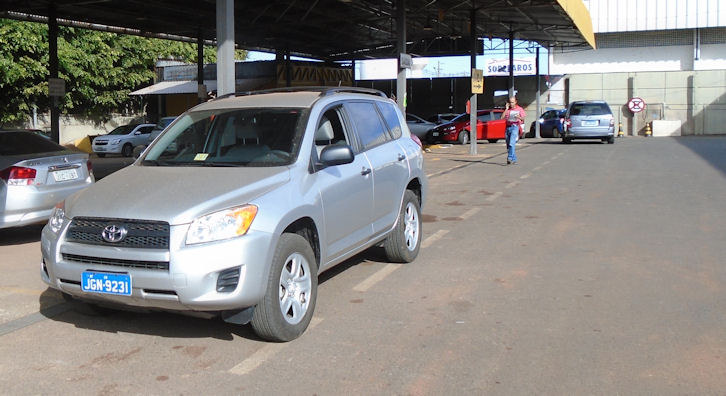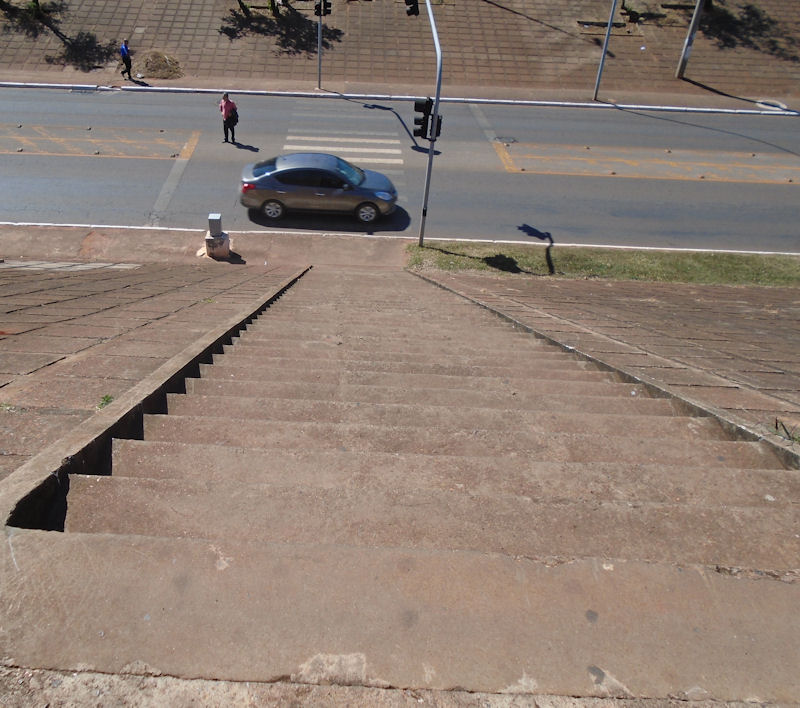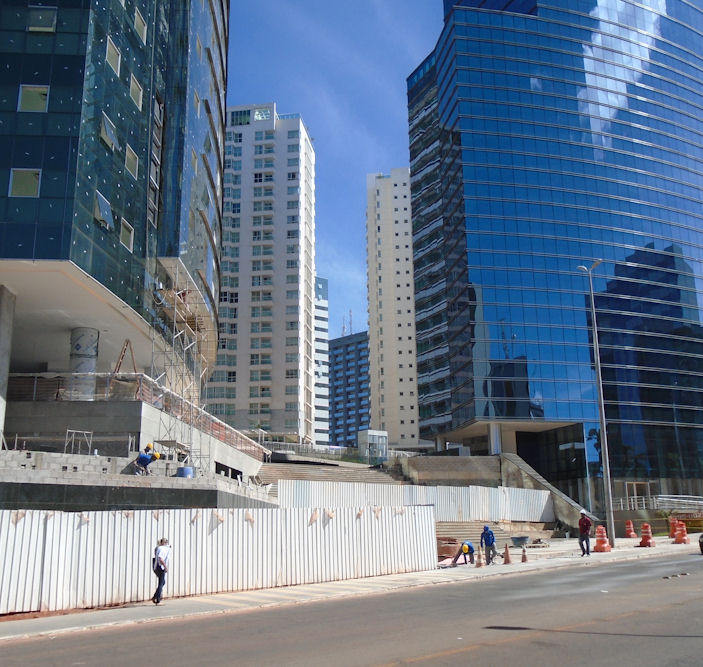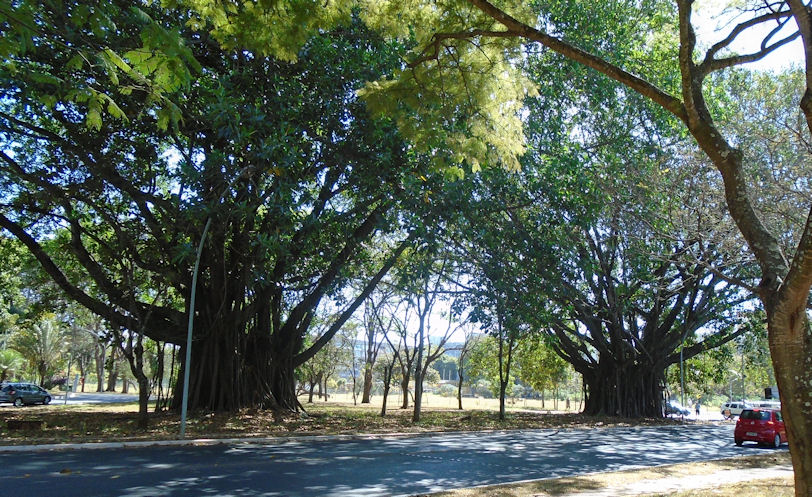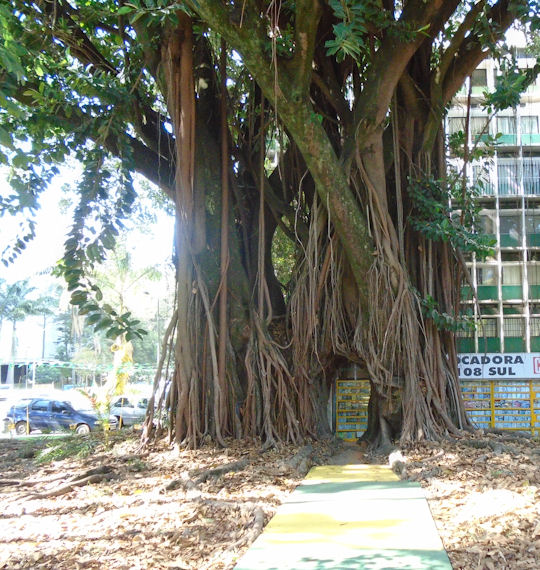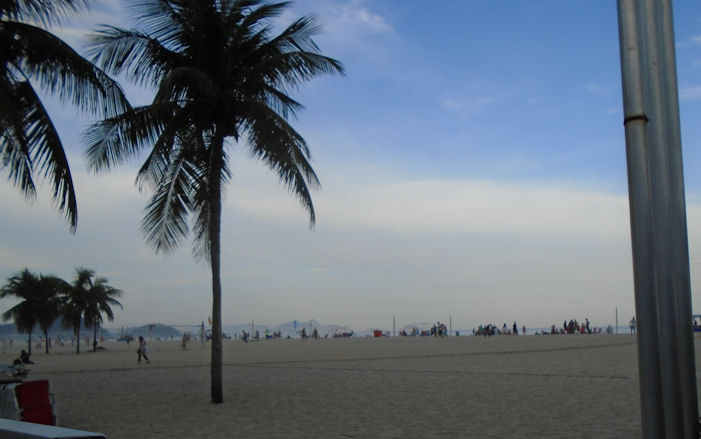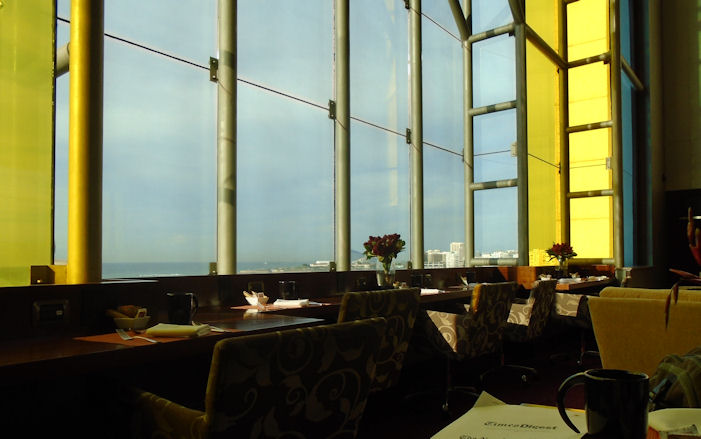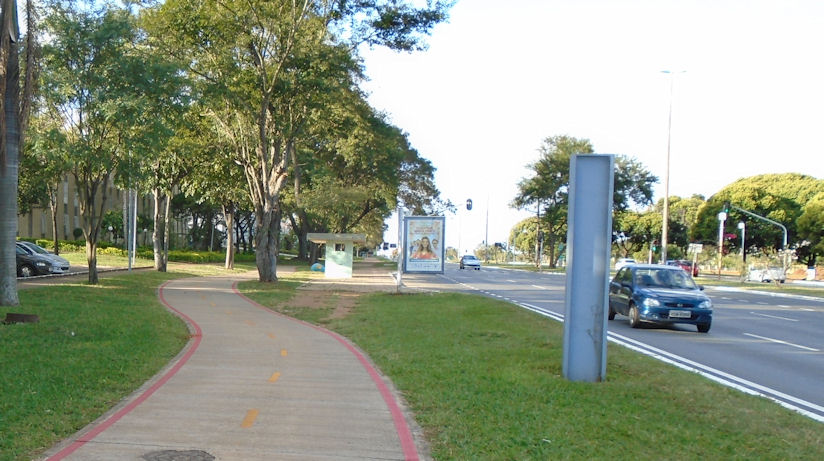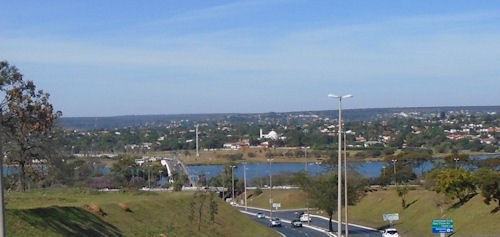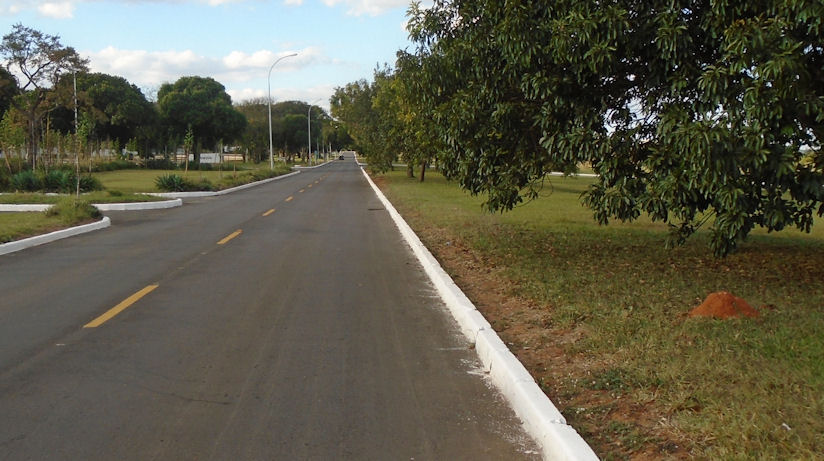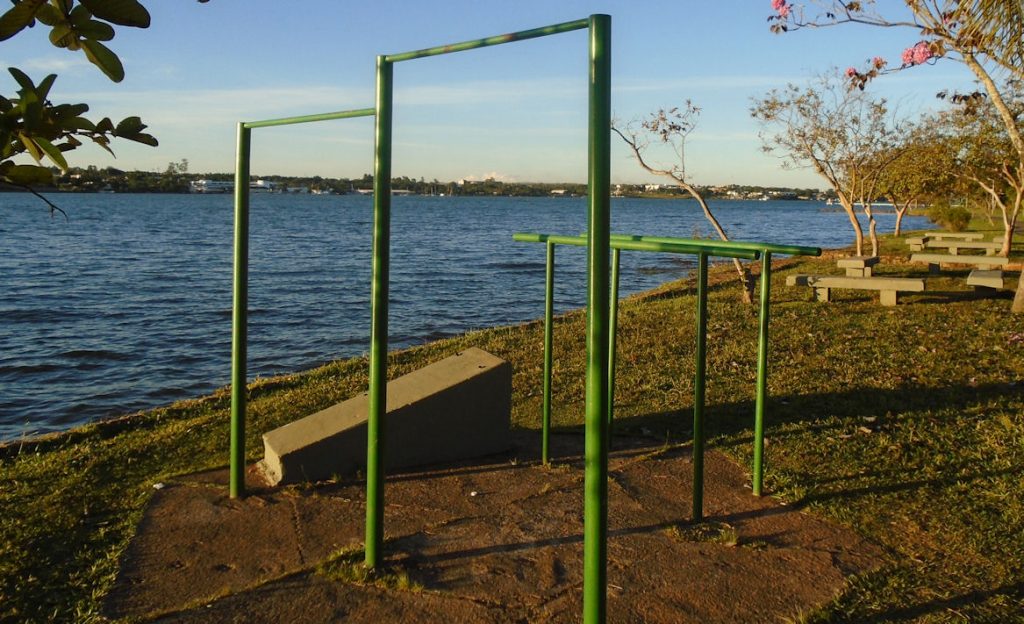Below is a description of what my colleagues are doing. You can see why I will miss it, even if it will be great to be back home and at Smithsonian.
Millions of Brazilians, who entered the middle class in recent decades and today constitute a majority, are demanding improved educational opportunities, enhanced international connections and development of essential skills, such as English competency. Brazilians know that the U.S. is a key partner in these priorities, and there is an element of urgency. The young Brazilian population is in rapid demographic transition. Fertility below replacement level provides space to improve education and social standards but Brazilians must develop new skills during a “demographic sweet spot,” when fewer dependent children are yet to be offset by more dependent seniors.
Much beyond that is also on fast-forward. Internet is creating new communications channels and fostering a boom in distance learning. We see the complex nature of the development, as social media is powering protests as well as education. Post has made impressive gains in social media through dedicated engagement. Our Mission Facebook page now has more than 400,000 fans and has recently been growing by more than 10,000 fans a week. While we don’t expect growth to continue at this torrid pace, adult literacy is improving, expanding the universe of readers and making Brazil a nation of Internet consumers, so we expect robust advance.
Education, English and youth outreach dominate our programming. PA encourages Brazilians to study in the U.S. in support of President Obama’s 100,000 strong for the Americas as well the Brazilian Science Mobility Program (AKA Science without Borders, see below). We nurture sustainable institutional linkages mostly in but not limited to education. The Smithsonian’s long-term cooperation agreements with Brazilian counterparts are being implemented and will facilitate myriad partnerships. Post fostered similar partnerships in English language and distance learning.
Our youth outreach programs include a robust Youth Ambassador Program, which regularly garners more than 12,000 applicants for the fifty spots, a Youth Council with representatives from every Brazilian state and specific programs, such as girls science camp and English immersion programs, as well as electronic and social media programs targeted to youth.
Despite recent progress and muscular effort, Brazilian authorities understand that English competence remains the big obstacle to greater Brazilian involvement with the U.S. and the world. Post is addressing this through our network of thirty–eight BNCs as well as Access programs that reach hundreds of students (with retention rates consistently above 90%) and programs targeted to underserved communities. We are continuing our partnership with the Ministry of Education (MEC) on “English w/o Borders, a massive effort to improve Brazilian English. We have placed a senior English Language Fellow in the Ministry who is helping implement this massive program. 120 English teaching assistants, recruited by us and paid for by GOB are deployed at Federal Universities. In 2013, 1080 Brazilian secondary English teachers took six-week courses at U.S. universities in a cooperative Mission/MEC program. Only 540 are travelling this year, due to World Cup and election complications but the program is slated to return to 1080 in 2015, up from only 20 in 2011. MEC expects to reach 7 million Brazilian students, many through distance learning, another fertile area of Mission cooperation.
U.S.-Brazil education landscape was transformed after the Brazilian President’s July 2011 announcement of the Science Mobility Program to send 101,000 Brazilian students overseas in the STEM fields. The U.S. got there first with the most and remains by far the largest recipient. More than 26,000 Brazilians have gone to the U.S. on the program so far. For comparison, in 2011 there were fewer than 9000 Brazilians studying in the U.S. in total of all programs. National efforts have been supplemented by local and state initiative, such as Brasília without Borders, which will also send thousands of students to the U.S.
Earlier success of our priority to connect U.S. and Brazilian education networks means that education initiatives are self-catalyzing at a significantly higher level. We are consolidating our gains. Education remains our top priority, but we are pivoting back to more traditional public diplomacy events and broadening our educational focus to include more on community colleges and lifelong learning. We also plan to devote more time to promoting social inclusion and a more expansive vision of Brazilian society by finding common aspirations and fostering links among cultural institutions, such as museums, and through sports.
Reaching underserved populations is a key priority that suffuses all PD programs, specifically through JAPER, support for favela pacification and women’s empowerment. Brazil is, and perceives itself as, a leader in sustainable development and clean energy; post remains active with outreach and exchanges to connect Brazilian and U.S. environmental communities.
Brazil has become a major venue for international mega-events, hosting the World Cup 2014 and Olympics in 2016, even as infrastructure lags to sustain Brazil’s status as major destination. In fact, infrastructure deficiencies – physical, human and institutional remain a general drag. PD programs have addressed these issues of Brazilian concern, especially through the VV and IVLP programs. Other major themes for visitor and speaker programs include environmental protection, security and economic integration.
A Brazilian economic slowdown is a caveat. We shared Brazilian aspirations and our division of labor was often our expertise and their money. Our enviable challenge was to manage unprecedented flows of mostly Brazilian resources. We are not sure this happy circumstance will continue in tighter times.
PA Brazil’s problem is too many excellent opportunities. We prioritize those that involve full partnerships with Brazilian institutions and government, use our unique expertise and flexibility, and provide significant leverage to produce outstanding results.

